Stone City
Remnants of a quarry company town still stand on the banks of the Wapsipinicon River.
In the middle of the 19th century, a source of dolomite limestone was discovered in eastern Iowa. Shortly thereafter, multiple quarries began operating near the town of Anamosa, and proved so successful that the companies began building a striking stone town out of their gleaming white stock in trade.
However, the advent new technology made the business dry up, and today only a glimpse is left of the ambitious project that was Stone City.
Through the second half of the 19th century—particularly in the two decades after the Civil War—the quarries did a brisk trade, thanks to continuous demand for the high-quality stone in the construction of railroads, bridges, and building foundations. It was under these heady and intoxicatingly optimistic circumstances that Stone City began to form.
Reaching a population of 500 by 1880, the quarry proprietors began undertaking grand building projects to ornament their town. One of the first such structures, completed in 1883, was the magnificent Columbia Hall: a 54-room hotel that included a bank, a tavern, and an opera house that hosted some of the most famous entertainers of the time. Other notable buildings included a water tower, a blacksmith shop, a massive barn, a quarry office, a general store that also served as a post office and rail depot, and a few mansions for owners themselves. All of the buildings looked impressive, fashioned as they were of the same stately limestone the company produced.
However, when Portland cement started being produced in nearby Waterloo in 1905, the demand for Anamosa Limestone declined precipitously. Multiple Stone City quarries closed, and the estates of the proprietors were sold. An artists colony settled in the town in 1932; the artists in residence included Grant Wood, whose Stone City Iowa was his first major landscape (and was painted in the same year as his famous American Gothic). The colony was an artistic success, but a commercial failure. In 1938, Columbia Hall was torn down for the stone, which was taken to Cedar Rapids for use in various building projects.
While some of the buildings succumbed to the elements or were destroyed by fire, many thanks to being converted to private residences as well as preservation efforts by the Stone City Foundation.
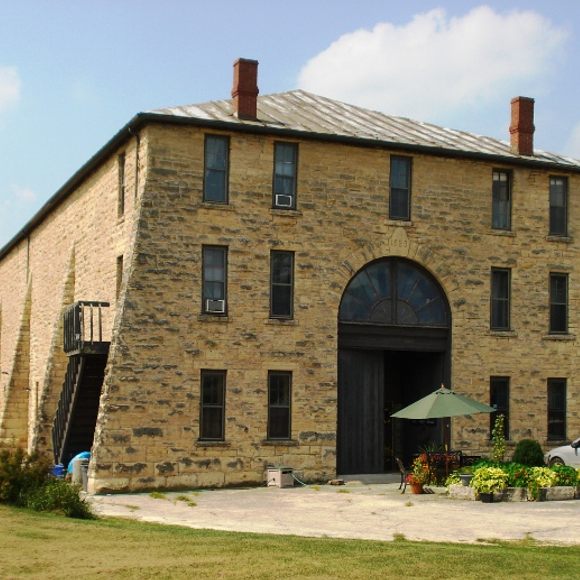



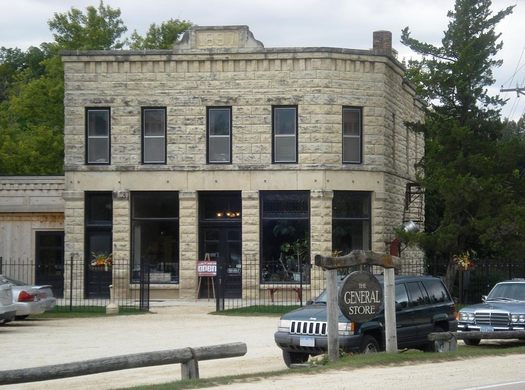
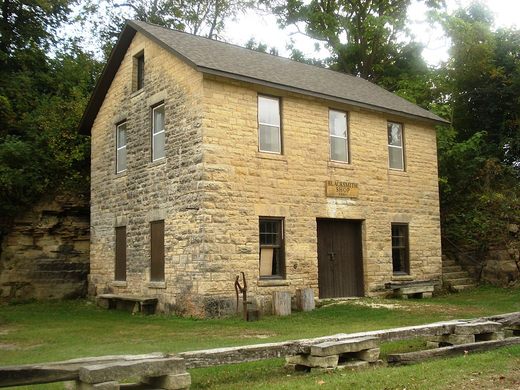

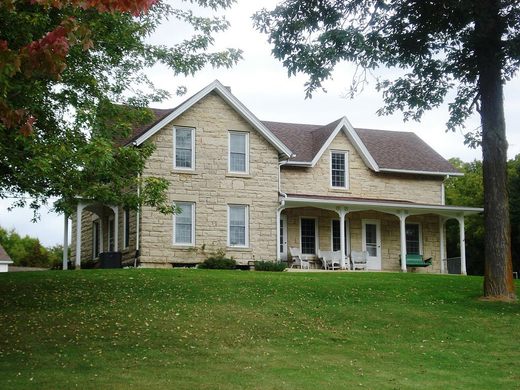










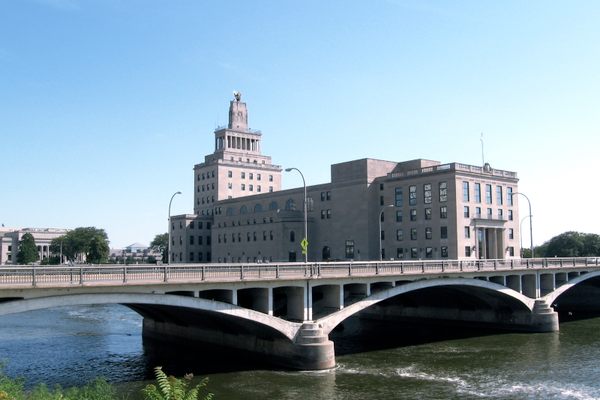


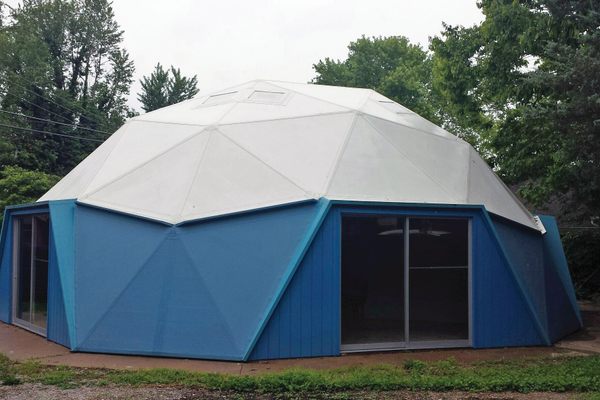


Follow us on Twitter to get the latest on the world's hidden wonders.
Like us on Facebook to get the latest on the world's hidden wonders.
Follow us on Twitter Like us on Facebook